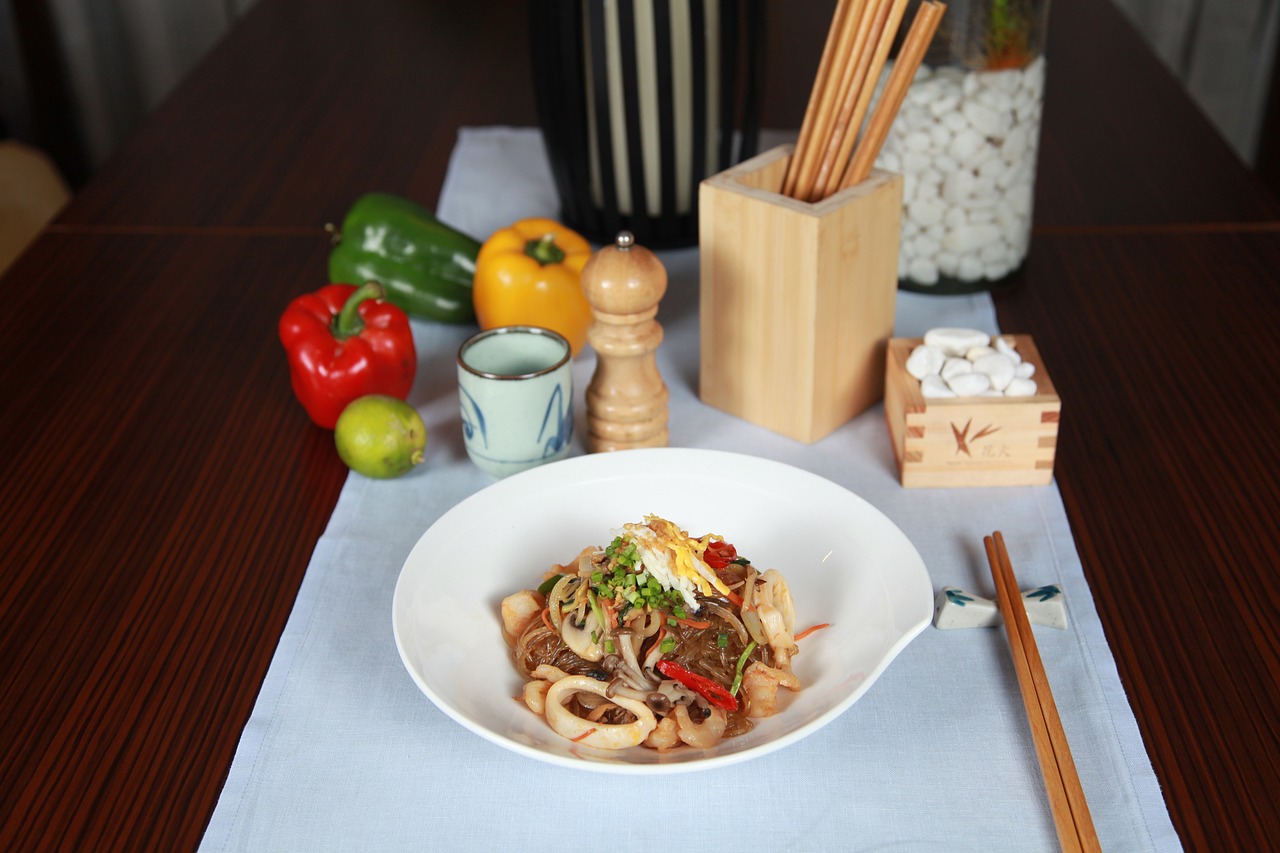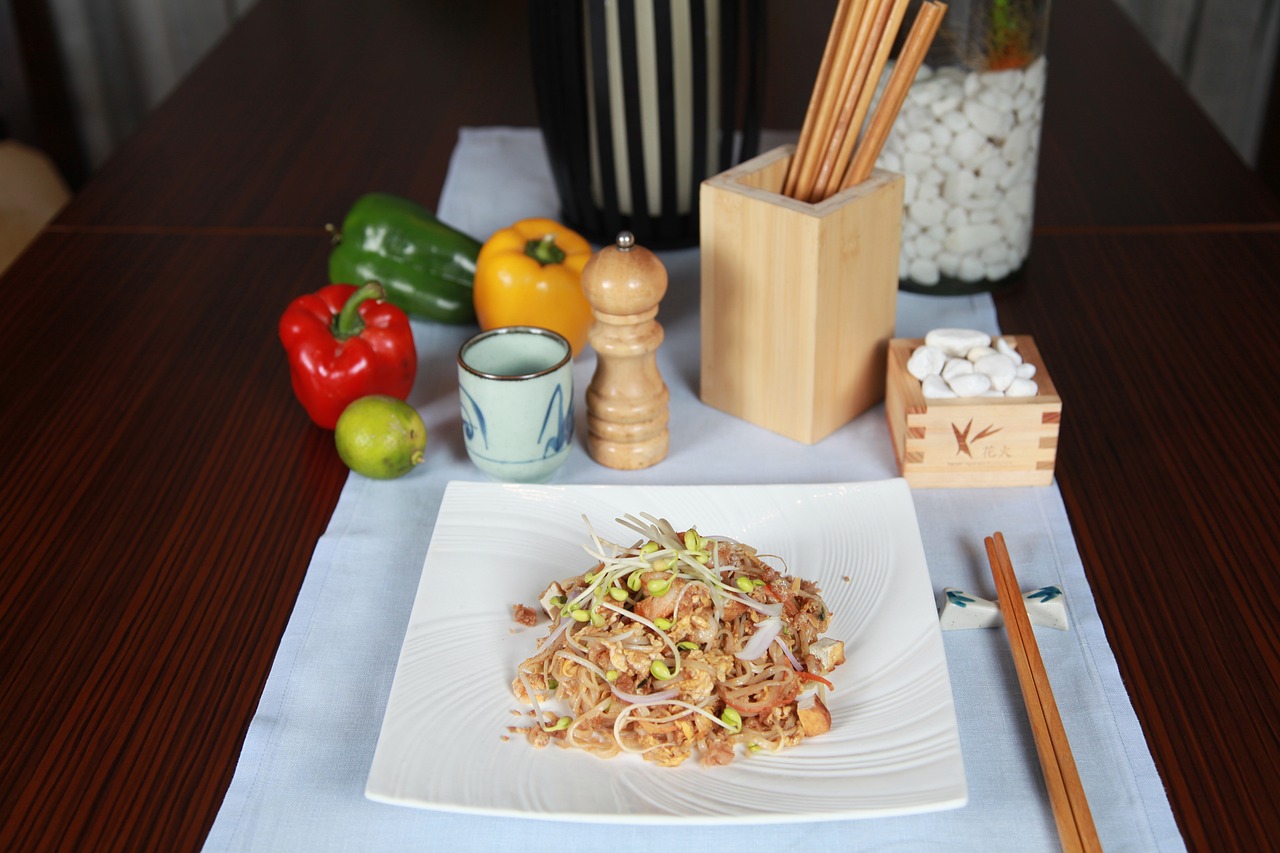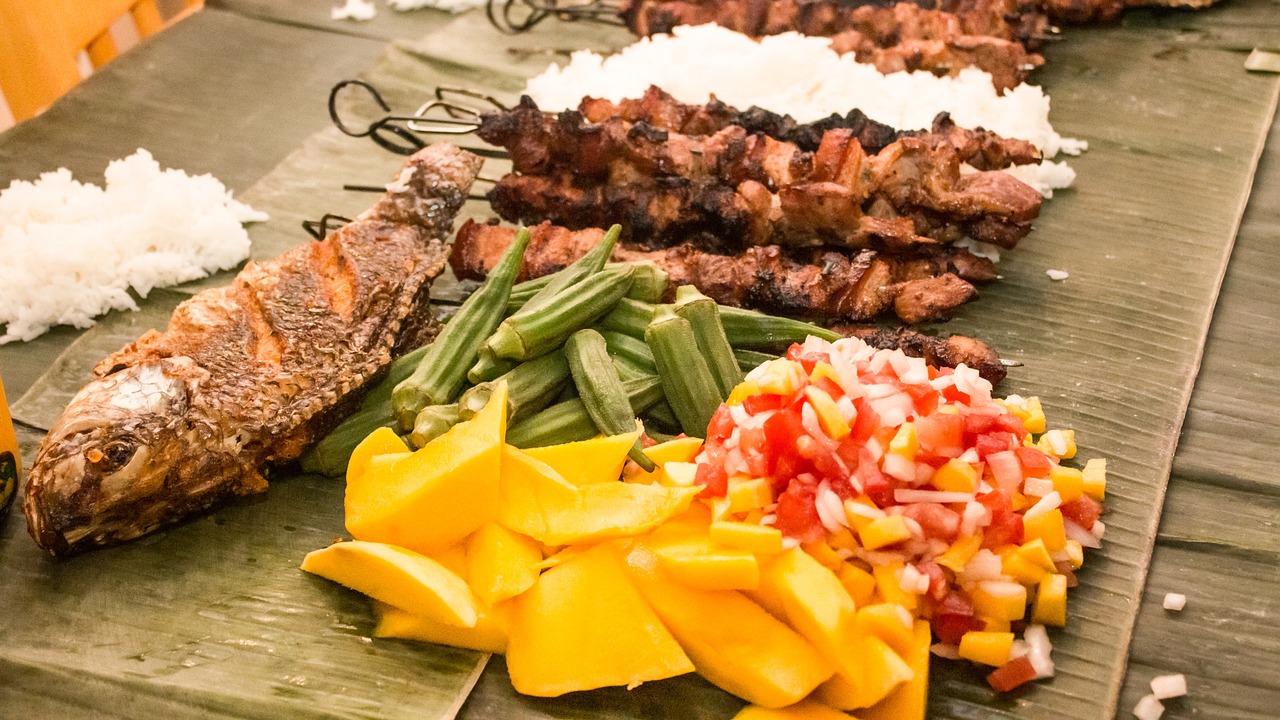Filipino Adobo: Tangy and Savory Meat Stew

Filipino Adobo is a beloved dish that boasts a perfect balance of tangy and savory flavors, creating a culinary explosion in every bite. This iconic meat stew holds a special place in Filipino cuisine, captivating taste buds with its rich history and diverse variations across regions. Let's dive into the world of Filipino Adobo and uncover the secrets behind its irresistible appeal.
History of Adobo in Filipino Cuisine
When diving into the rich tapestry of Filipino cuisine, one cannot overlook the iconic dish that is adobo. The history of adobo in Filipino cuisine is a fascinating journey that intertwines cultural influences and culinary innovation. Originating from the Spanish colonization era, adobo has evolved over centuries to become a staple in Filipino households and a symbol of national pride.
The roots of adobo can be traced back to the Spanish term "adobar," which means to marinate or season. This cooking method was introduced by the Spanish colonizers to preserve and enhance the flavor of meats in the tropical climate of the Philippines. The Filipinos embraced this technique and infused it with their own local ingredients and cooking practices, giving rise to the beloved dish we know today.
Adobo holds a special place in Filipino culinary traditions, with each region putting its unique spin on the classic recipe. In Luzon, the northern part of the Philippines, pork adobo is a popular choice, simmered in a mixture of soy sauce, vinegar, garlic, and spices. In Visayas and Mindanao, the southern regions, chicken or seafood adobo takes center stage, showcasing the diversity of flavors across the archipelago.
As generations passed, adobo became more than just a dish; it became a symbol of Filipino identity and resilience. The adaptability of adobo to different ingredients and preferences reflects the resourcefulness and creativity of the Filipino people. Whether enjoyed at a family gathering or a festive celebration, adobo continues to bring people together through its savory and tangy goodness.
Variations of Adobo Across Regions
When it comes to Filipino adobo, the variations across different regions add a fascinating twist to this classic dish. Each locality has put its own unique spin on the traditional recipe, resulting in a diverse array of flavors and ingredients that showcase the culinary creativity of the Filipino people.
In the northern regions of the Philippines, particularly in Ilocos, adobo is known for its heavy use of garlic, giving the dish a robust and pungent flavor profile. The addition of local ingredients such as sukang Iloko (sugarcane vinegar) and achuete (annatto seeds) further distinguishes Ilocano adobo from other versions.
Traveling to the central part of the country, in regions like Pampanga, adobo takes on a slightly sweeter note with the incorporation of ingredients like pineapple juice or coconut milk. This variation adds a subtle tropical twist to the tangy and savory base of the dish, creating a harmonious blend of flavors.
Heading south to places like Bicol, known for its love of spicy cuisine, adobo gets a fiery makeover with the inclusion of local chili peppers or coconut cream. The heat from these ingredients elevates the dish to a whole new level, appealing to those who enjoy a bit of kick in their meals.
Across the Visayas and Mindanao regions, seafood adobo reigns supreme, showcasing an assortment of fresh fish, shrimp, or squid marinated in the signature adobo sauce. The delicate flavors of the seafood pair beautifully with the tangy marinade, creating a light yet satisfying dish that highlights the abundance of marine resources in the area.
Despite these regional variations, one thing remains constant – the heartwarming essence of Filipino adobo that brings families and communities together around the dining table. Whether it's the traditional pork or chicken adobo or a modern twist on the classic recipe, the spirit of adobo continues to unite people through its shared love for good food and great company.
Key Ingredients and Flavor Profile
Filipino adobo, known for its tangy and savory flavor profile, features a unique combination of key ingredients that contribute to its distinctive taste. The essential components of this beloved dish include:
- Vinegar: One of the primary ingredients in adobo, vinegar provides the dish with its signature tanginess and helps tenderize the meat during the cooking process.
- Soy Sauce: Adding depth of flavor and a rich umami taste, soy sauce complements the vinegar in creating the perfect balance of sweet and salty notes.
- Garlic: Aromatic and flavorful, garlic is a staple in adobo recipes, infusing the dish with its distinct taste and enhancing the overall complexity of flavors.
- Bay Leaves: These fragrant leaves add a subtle herbal essence to the dish, contributing a layer of depth and aroma to the stew.
- Black Peppercorns: Providing a hint of spiciness and a warm, earthy flavor, black peppercorns are often used to season adobo and elevate its taste profile.
These key ingredients work in harmony to create a harmonious blend of flavors that make Filipino adobo a culinary masterpiece. The combination of tangy vinegar, savory soy sauce, aromatic garlic, fragrant bay leaves, and peppery notes from black peppercorns results in a dish that is both comforting and exciting to the taste buds.
Traditional vs. Modern Adobo Recipes
When it comes to Filipino adobo, the debate between traditional recipes and modern adaptations is a fiery one. Traditional adobo recipes, steeped in history and cultural heritage, have been lovingly passed down through generations. These recipes often stick to the classic combination of vinegar, soy sauce, garlic, bay leaves, and black peppercorns, creating a rich and flavorful stew that is a staple in Filipino households. The slow cooking process allows the meat to absorb all the tangy and savory goodness, resulting in a dish that is both comforting and satisfying.
On the other hand, modern adobo recipes take a more creative and experimental approach to this beloved dish. Chefs and home cooks alike are putting their own spin on adobo, incorporating new ingredients and techniques to elevate the traditional flavors. From using different types of vinegar to adding unique herbs and spices, modern adobo recipes aim to push the boundaries and surprise the taste buds with unexpected combinations. Some even opt for fusion twists, blending Filipino adobo with other cuisines to create innovative and exciting dishes that cater to a more diverse palate.
While traditional adobo recipes hold a special place in the hearts of many Filipinos, modern interpretations bring a sense of excitement and innovation to the table. The clash between tradition and modernity in adobo recipes mirrors the dynamic nature of Filipino cuisine, constantly evolving and adapting to new influences. Whether you prefer the comforting familiarity of a traditional adobo or the bold creativity of a modern twist, one thing is for sure – Filipino adobo will always be a delightful explosion of flavors that surprises and delights with every bite.
Serving and Pairing Suggestions
When it comes to serving and pairing Filipino adobo, there are several key suggestions that can elevate your dining experience to a whole new level. Whether you're a seasoned adobo enthusiast or trying it for the first time, these tips will help you savor the tangy and savory flavors of this beloved dish.
One classic way to enjoy Filipino adobo is by serving it with a generous helping of steamed white rice. The fluffy texture of the rice perfectly complements the rich sauce of the adobo, creating a satisfying and comforting meal. The simplicity of this pairing allows the bold flavors of the adobo to shine through, making it a popular choice among adobo lovers.
If you're looking to add some freshness to your adobo meal, consider pairing it with a side of pickled vegetables. The tanginess of the pickles provides a nice contrast to the savory notes of the adobo, creating a balanced and dynamic flavor profile. The crunchiness of the pickled vegetables also adds a delightful texture to each bite, enhancing the overall dining experience.
For those who prefer a lighter accompaniment, a fresh salad can be a great choice to pair with Filipino adobo. The crispness of the greens and the brightness of the dressing help cleanse the palate between bites of the rich adobo, ensuring that each mouthful is as enjoyable as the first. The combination of the hearty adobo with the refreshing salad creates a well-rounded and satisfying meal.
When it comes to beverages, there are several options that can complement the flavors of Filipino adobo. A cold glass of iced tea or a refreshing citrusy drink can help balance the richness of the dish, providing a cool and refreshing contrast. If you prefer alcoholic beverages, a light lager or a crisp white wine can also pair well with the bold flavors of adobo, enhancing the overall dining experience.
By following these serving and pairing suggestions, you can create a memorable dining experience centered around the tangy and savory flavors of Filipino adobo. Whether you choose to keep it traditional with steamed rice or experiment with creative pairings, the versatility of adobo ensures that there's a perfect combination for every palate. So, gather your ingredients, fire up the stove, and get ready to enjoy a burst of flavors that will leave you craving for more!



 HazalVardal
HazalVardal 





